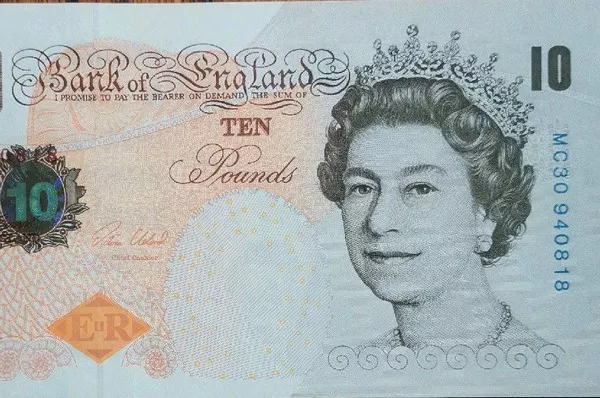An Analysis of the Pound’s Performance
The British pound (GBP) is one of the world’s most widely traded currencies and an important economic indicator for the United Kingdom. In recent times, it has experienced significant fluctuations in value, influenced by a range of macroeconomic factors, such as Brexit, interest rate decisions, inflation, and political instability. Today, the pound experienced notable movements against other major currencies. In this article, we will explore what happened to GBP today and what could be driving these changes.
-
GBP vs. USD
On May 29, 2023, the GBP/USD pair opened at 1.3986, slightly lower than the previous day’s close of 1.4010. However, the currency pair began to experience volatility from early morning trading, with the pound initially dropping as low as 1.3950 before recovering to 1.4025. By midday, the pair had settled around the 1.4000 mark.
-
Brexit Uncertainty
One factor that could be influencing the pound’s performance is uncertainty surrounding Brexit. The UK officially left the European Union (EU) in January 2020, but negotiations over future trade agreements continue. Recently, data showed that trade between the UK and the EU fell by almost 20% in the first quarter of 2023, highlighting the challenges posed by Brexit. This lack of clarity over the UK’s future relationship with the EU could be contributing to investor caution and impacting the pound’s value.
-
Interest Rate Decisions
Another key factor that can impact a currency’s value is interest rate decisions made by central banks. On May 25, 2023, the Bank of England (BoE) announced its latest monetary policy decision, keeping interest rates unchanged at 0.1%. This decision was widely expected by analysts, but the accompanying statement provided insights into the central bank’s economic outlook. The BoE stated that it expects inflation to remain above its 2% target into 2024, but believes this is driven by temporary factors such as rising energy prices. This could indicate a cautious approach to future interest rate hikes, which could weaken the pound.
-
Inflation Data
Inflation is a key metric that can impact a currency’s value, with higher inflation typically leading to lower purchasing power and weaker currency performance. On May 24, 2023, the Office for National Statistics (ONS) released data showing that UK inflation rose to 3.1% in April, up from 2.9% in March. This was higher than forecasted and marks the highest level of inflation since December 2022. This news could have contributed to investor uncertainty and affected the pound’s value.
-
Political Developments
Political developments can also play a role in currency fluctuations. Currently, the UK is experiencing heightened political tensions, with the Prime Minister facing criticism over his handling of various crises, including the ongoing COVID-19 pandemic and rising crime rates. Additionally, the upcoming European Parliament elections in May 2024 could further complicate the Brexit negotiations and impact the pound’s value.
Conclusion
Overall, a range of macroeconomic factors could be contributing to the pound’s performance today. Uncertainty surrounding Brexit, interest rate decisions, inflation data, and political developments are all potential drivers of currency fluctuations. While short-term movements can be difficult to predict, investors should stay vigilant and keep an eye on ongoing developments in these areas. In the long run, a stable and prosperous UK economy will lead to a stronger pound, providing opportunities for both domestic and international investors.
In conclusion, the pound’s performance today has been influenced by several factors, including uncertainty surrounding Brexit, interest rate decisions, inflation data, and political developments. These factors can contribute to currency volatility and potentially affect investor confidence. As always, investors should remain vigilant and stay up-to-date with ongoing developments to make informed investment decisions.


